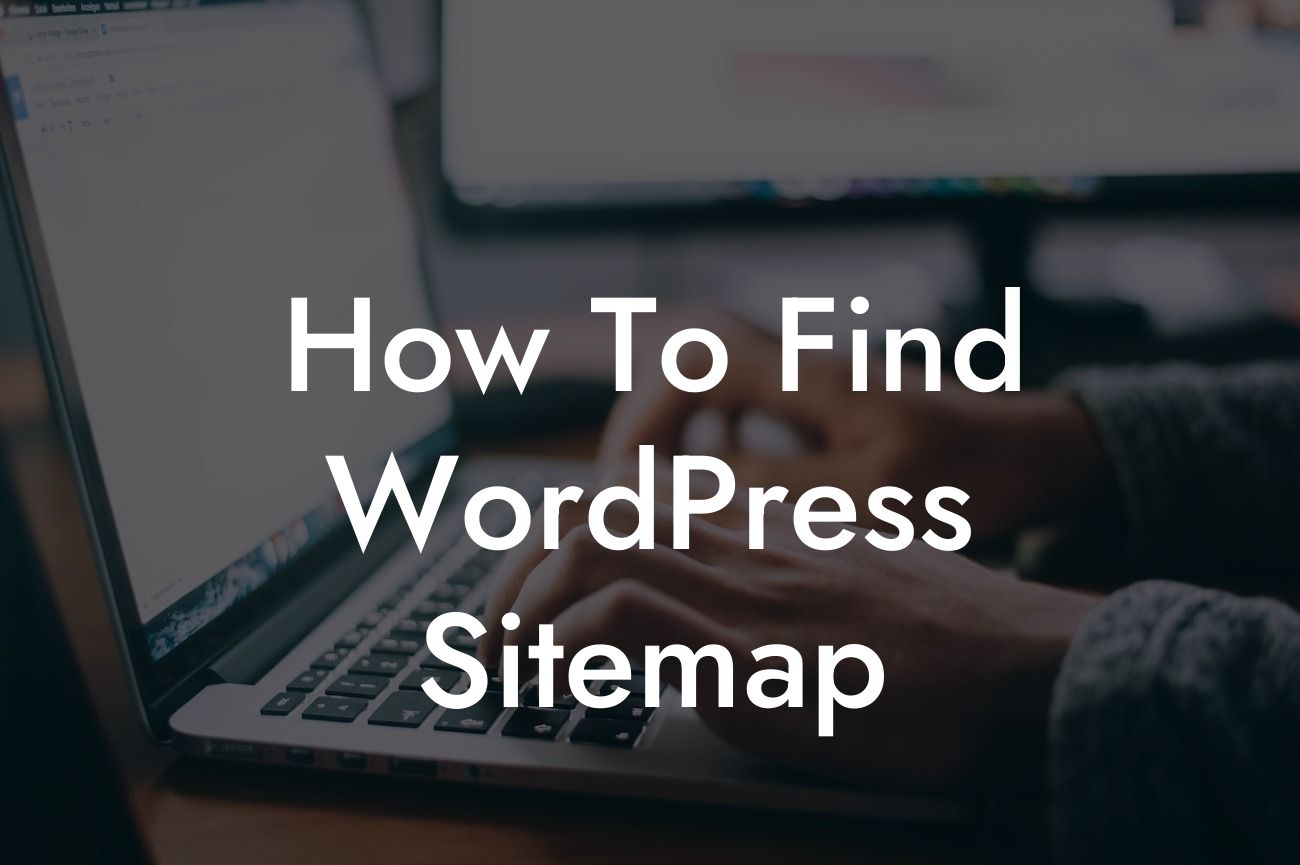Are you looking to improve your website's search engine optimization (SEO) and enhance your online presence? One crucial element of SEO is having a well-structured sitemap that allows search engines to crawl and index your site efficiently. In this comprehensive guide, we will walk you through the process of finding a WordPress sitemap and provide you with the resources to generate one. Say goodbye to confusion and embrace the power of an organized website with DamnWoo's exceptional plugins.
H2: What is a WordPress Sitemap?
A sitemap is essentially a map of your website's structure. It includes a list of all the pages, posts, and other content on your site, along with their relationships. By creating and submitting a sitemap to search engines, you help them understand your website's hierarchy and content, leading to better indexing and visibility in search results.
H2: Why Do You Need a WordPress Sitemap?
Having a sitemap for your WordPress site offers several benefits. It allows search engines to discover and index your content more efficiently, ensuring that your website gets properly crawled. With a well-structured sitemap, search engines can easily understand the relationships between your pages, boosting the visibility of your site in search results.
Looking For a Custom QuickBook Integration?
H3: How to Find the Default WordPress Sitemap
By default, WordPress generates a sitemap for your website using the XML Sitemaps feature. To find it, simply add "/sitemap_index.xml" to the end of your website's URL. For example, if your website is "example.com," your sitemap URL would be "example.com/sitemap_index.xml." This default sitemap includes all your published pages, posts, categories, tags, and other taxonomies.
H3: Considerations for Large or Complex Websites
If your website is large or complex, the default WordPress sitemap might not be sufficient. In such cases, it's recommended to utilize a dedicated sitemap plugin that offers more flexibility and customization options. Plugins like Yoast SEO, Google XML Sitemaps, and All in One SEO Pack provide advanced features to generate comprehensive sitemaps for better SEO optimization.
H3: Manually Generating a WordPress Sitemap
While WordPress automatically generates a sitemap, you can also create a custom one using various plugins. These plugins allow you to include or exclude specific pages, posts, taxonomies, and even custom post types in your sitemap. Choose a plugin that best suits your website's needs, configure the settings, and generate your sitemap.
How To Find Wordpress Sitemap Example:
Let's take a look at how the popular Yoast SEO plugin can be used to generate a WordPress sitemap. After installing and activating the plugin, navigate to the "SEO" tab on your WordPress dashboard and click on "General." From there, select the "Features" tab and ensure that the "XML Sitemaps" feature is enabled. With Yoast SEO, you can easily customize your sitemap settings, exclude specific content, and even prioritize certain URLs for better crawling.
Congratulations! You've learned how to find and generate a WordPress sitemap to boost your website's SEO. Now it's time to take action and supercharge your online presence with DamnWoo's exceptional plugins. Explore our collection of powerful WordPress plugins designed exclusively for small businesses and entrepreneurs. Don't miss out on our other informative guides and resources that will take your website to new heights. Share this article with others looking to enhance their SEO strategy and stay ahead of the competition.













